
What is the Piriformis Stretch for?
Benefits of Piriformis Stretch
- Based on the posture you select you can also gain stretching in your hamstring, hip flexors, and/or groin muscles
- Help with conditions associated with pelvic floor dysfunction
- Stimulates your internal organs
- Aids those with urinary dysfunction
- Relieves hip and back pain
- Great preparation of your hips for other postures that require more hip flexion (Ex: squatting or lunging)
- Opens your deep buttock muscles
- Many people also find this stretch aids with emotional release
How to do the Piriformis Stretch
Variation 1: Supine Piriformis Stretch
Variation 1, Option 1:
Variation 1, Option 2:
Variation 1, Option 3:
Variation 1, Option 4:
Other ways to deepen the Piriformis Stretch:
- Gently rock back and forth and see how that stretch changes in your hips as you do
- Use one hand to press forward on the knee of the leg which is crossed over to deepen the stretch through that hip
- Struggle with short arms? Try a yoga strap or belt!
Variation 2: Supine Piriformis Stretch with wall
Variation 3: Prone Piriformis Stretch: Pigeon Pose
Variation 3, Step 2:
Variation 3, Option 2:
Variation 3, Option 3:
Variation 3, Option 4: Restorative
Variation 4: Seated Piriformis Stretch
I love this option for those of you looking for a stretch you can fit into your work life! Scoot your bottom up to the edge of your seat. Placing one foot flat on the floor, turn your knee and place your alternate leg, just above the ankle, on top of your knee. Sit up tall stretching up through your chest, and begin to slowly lean forward to a comfortably deep stretch. If that feels good, begin to apply pressure through your thigh to deepen the stretch through your hip.
How to check in with yourself while doing the Piriformis Stretches:
As you work through these stretch options, check-in and ask yourself: Is it a stretch, or is it a pain? A stretch-like pulling sensation is normal, it may feel uncomfortable but investigate that feeling. A stretching sensation should gradually reduce with time and allow you to continue to deepen throughout the position.
Pain, alternately, does not change, or may even increase in intensity. If you feel pain, gently ease out of that stretch and try again utilizing a different variation. There are lots of ones to choose from
For a full range of poses and stretches, with a multitude of modifications, check out the following resources! Use these to design an individualized, daily plan to build healthy movement into your life!


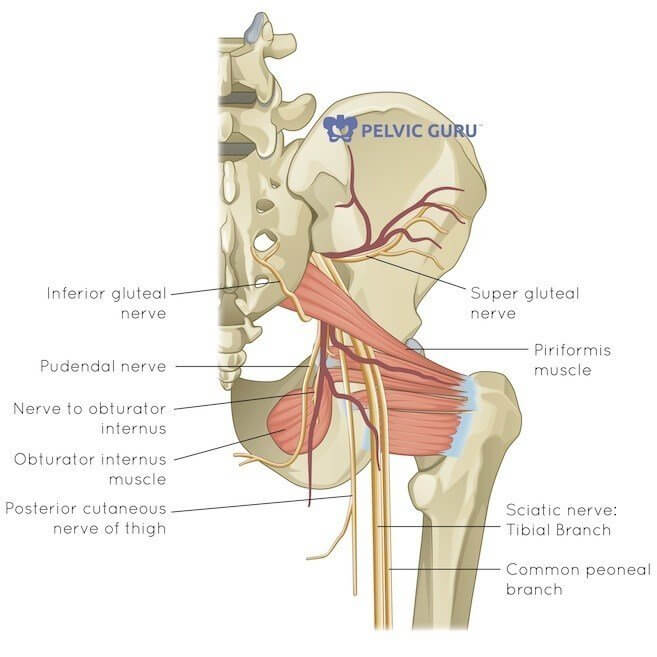

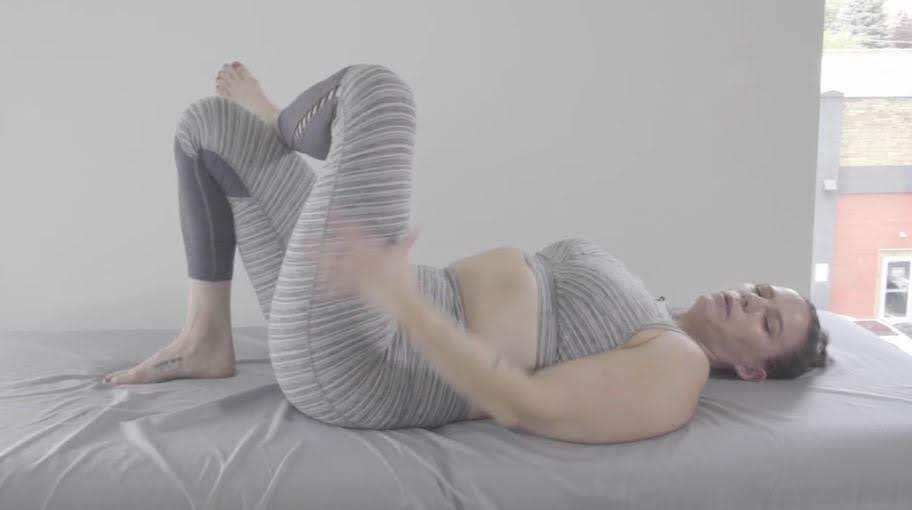

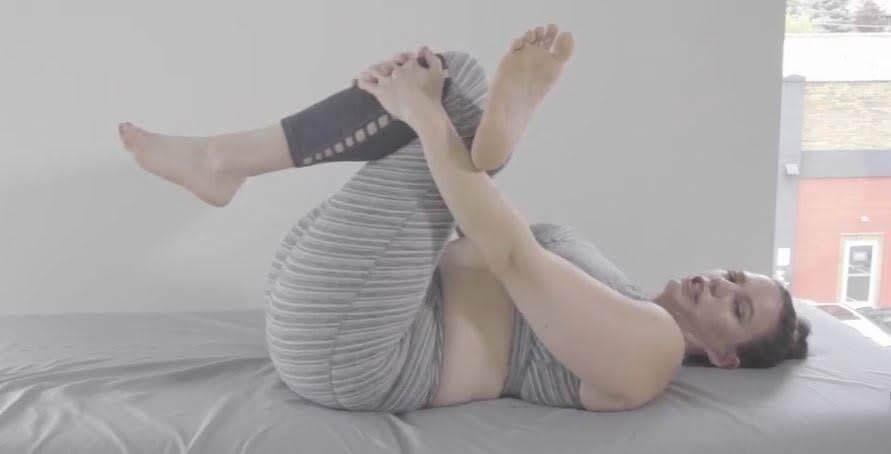
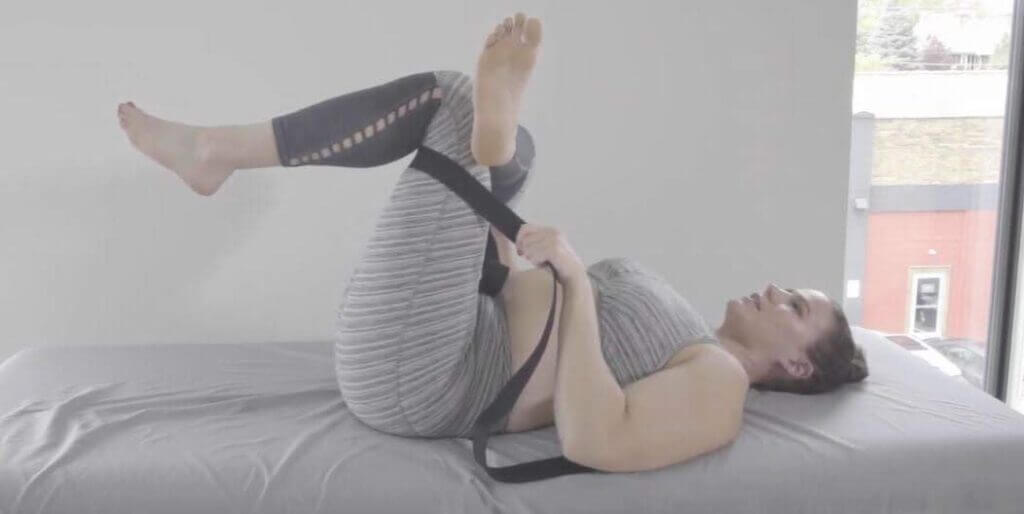
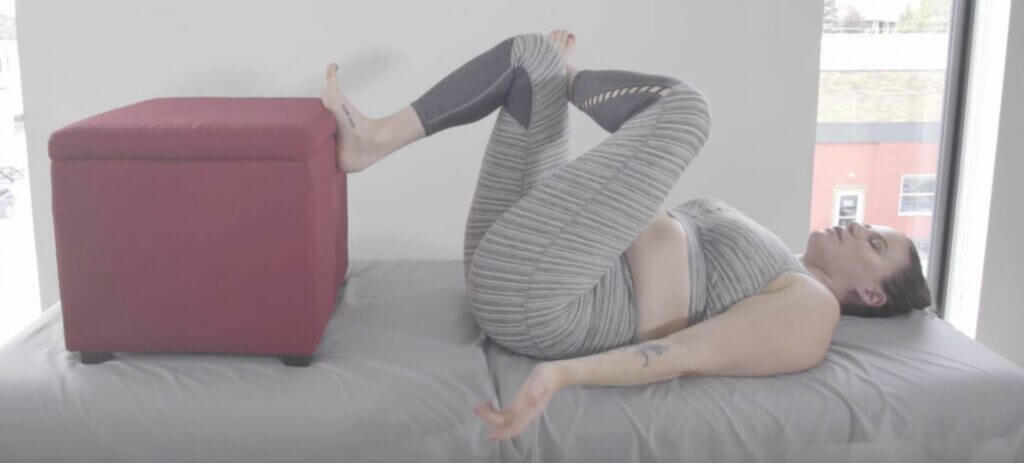
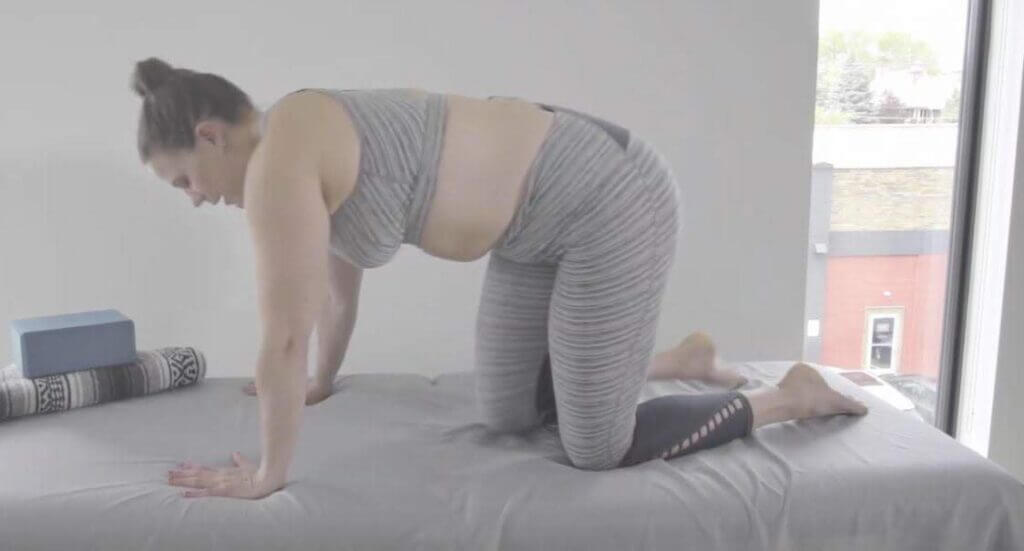



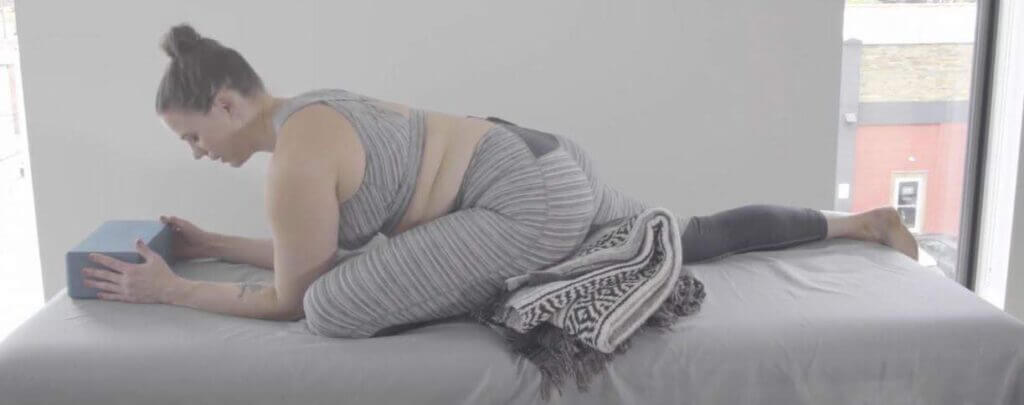

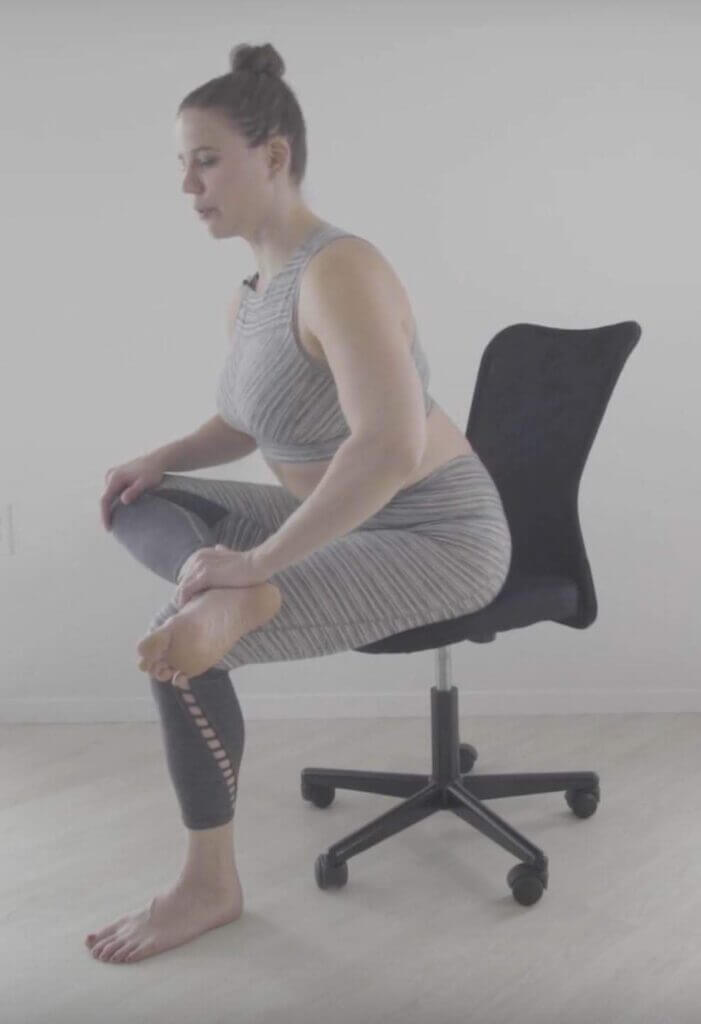





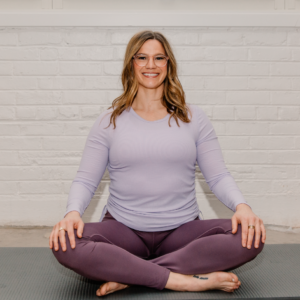
Sorry, the comment form is closed at this time.